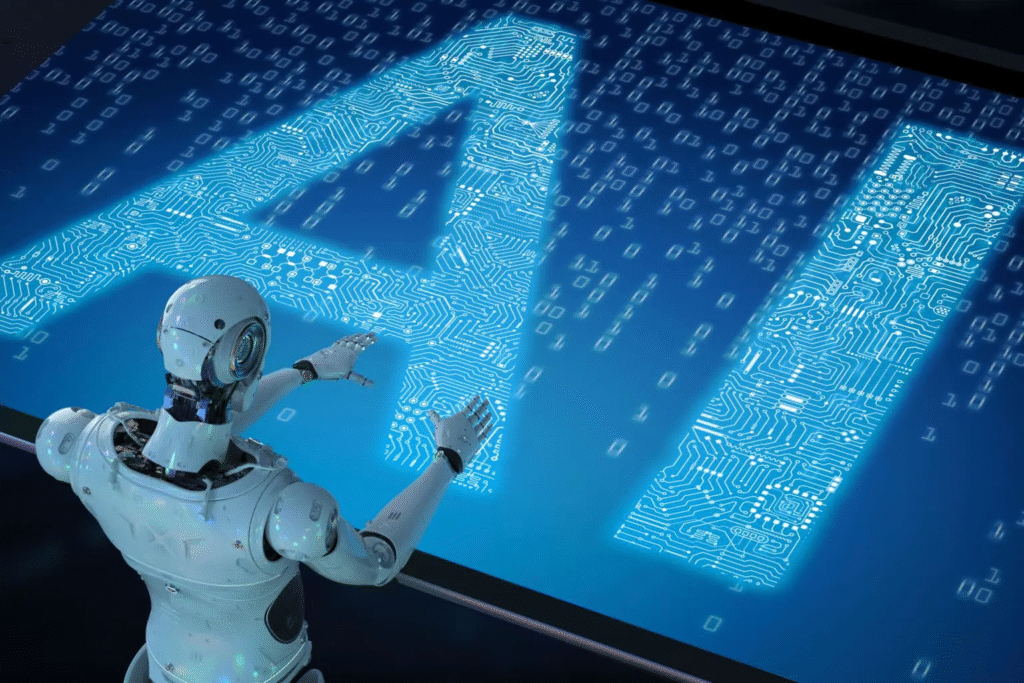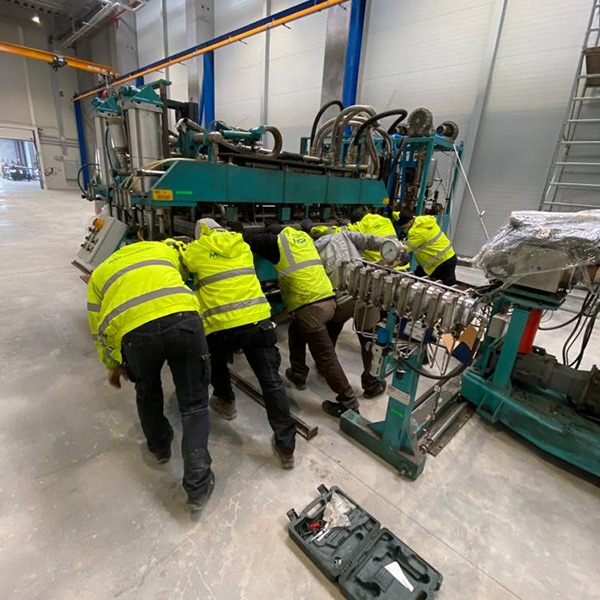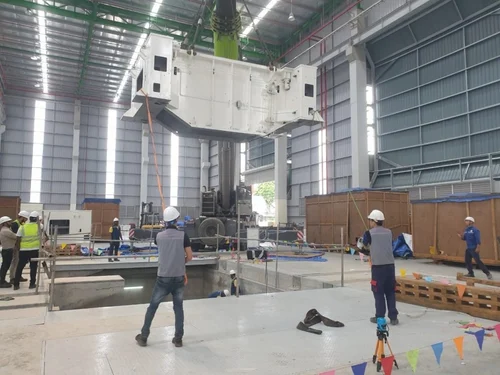Nobody wants their expensive machinery damaged during a move. That’s where smart planning comes in. One wrong calculation, and you’re looking at damaged equipment, blown budgets, and weeks of downtime. But here’s the good news: artificial intelligence is changing everything about machinery relocation.
The Old Way vs. The Smart Way
Remember when moving a production line meant crossing your fingers and hoping for the best? Traditional machinery relocation relied on experience and gut feelings. Project managers would estimate timelines, guess at potential problems, and react to issues as they popped up.
The result? Costly surprises, extended downtime, and stressed-out facility managers.
Today’s AI-powered machinery relocation services flip this script entirely. Instead of hoping nothing goes wrong, we predict what could go wrong and prevent it from happening.
How AI Makes Machinery Relocation Smarter
Route Planning That Actually Works
AI doesn’t just find the shortest route it finds the smartest one. The technology analyzes traffic patterns, weather forecasts, road conditions, and infrastructure limitations to create the perfect moving plan.
Think of it as GPS on steroids, specifically designed for your million-dollar CNC machine.

Seeing Problems Before They Happen
Here’s where AI really shines. Machine learning algorithms study data from thousands of previous relocations to spot patterns that humans might miss. They can predict when a particular type of equipment is at risk during transport or identify environmental factors that could cause delays.
It’s like having a crystal ball for your machinery relocation project.

Smart Resource Management
AI calculates exactly what equipment, crew size, and timeline you need. No more over-ordering cranes or underestimating labor requirements. The system optimizes every resource to match your specific project needs.
Real-Time Monitoring That Gives You Peace of Mind
Once your machinery is on the move, AI-powered sensors track everything vibration levels, temperature changes, route progress, and handling conditions. You get instant alerts if anything goes outside safe parameters.
No more sleepless nights wondering if your equipment is okay.
What This Means for Your Business
Dramatically Reduced Downtime
The biggest win? AI-enhanced machinery relocation typically cuts downtime by 40-50%. Better planning means faster execution, and predictive problem-solving means fewer surprises that could extend your project timeline.
Real Cost Savings
When you eliminate surprises, delays, and damage risks, the cost savings add up quickly. Many customers see 20-30% reduction in total relocation costs compared to traditional methods.
Actually Reliable Timelines
AI doesn’t just estimate it calculates. Project timelines become significantly more accurate because the system accounts for variables that human planners might overlook.
Stress-Free Project Management
Instead of constantly worrying about what could go wrong, you get regular updates, predictive insights, and confidence that your machinery relocation is in capable hands.

Real-World Impact
A automotive parts manufacturer recently needed to relocate their entire stamping line to a new facility. Using AI-enhanced planning and monitoring, the project was completed 3 days ahead of schedule with zero equipment damage. The result? They resumed production faster than expected and avoided downtime costs.
That’s the power of smart machinery relocation.
Conclusion
AI isn’t just a buzzword in machinery relocation it’s a game changer. When you’re moving equipment worth lakhs of thousands or crores of rupees, having technology that can predict, prevent, and optimize every aspect of the process isn’t just nice to have. It’s essential.
The industrial world is moving fast, and your machinery relocation strategy should keep up. Companies that embrace AI-powered moving services today will have a significant advantage over those still relying on traditional methods.
Your next machinery relocation doesn’t have to be stressful. With AI on your side, it can be smooth, predictable, and cost-effective.
